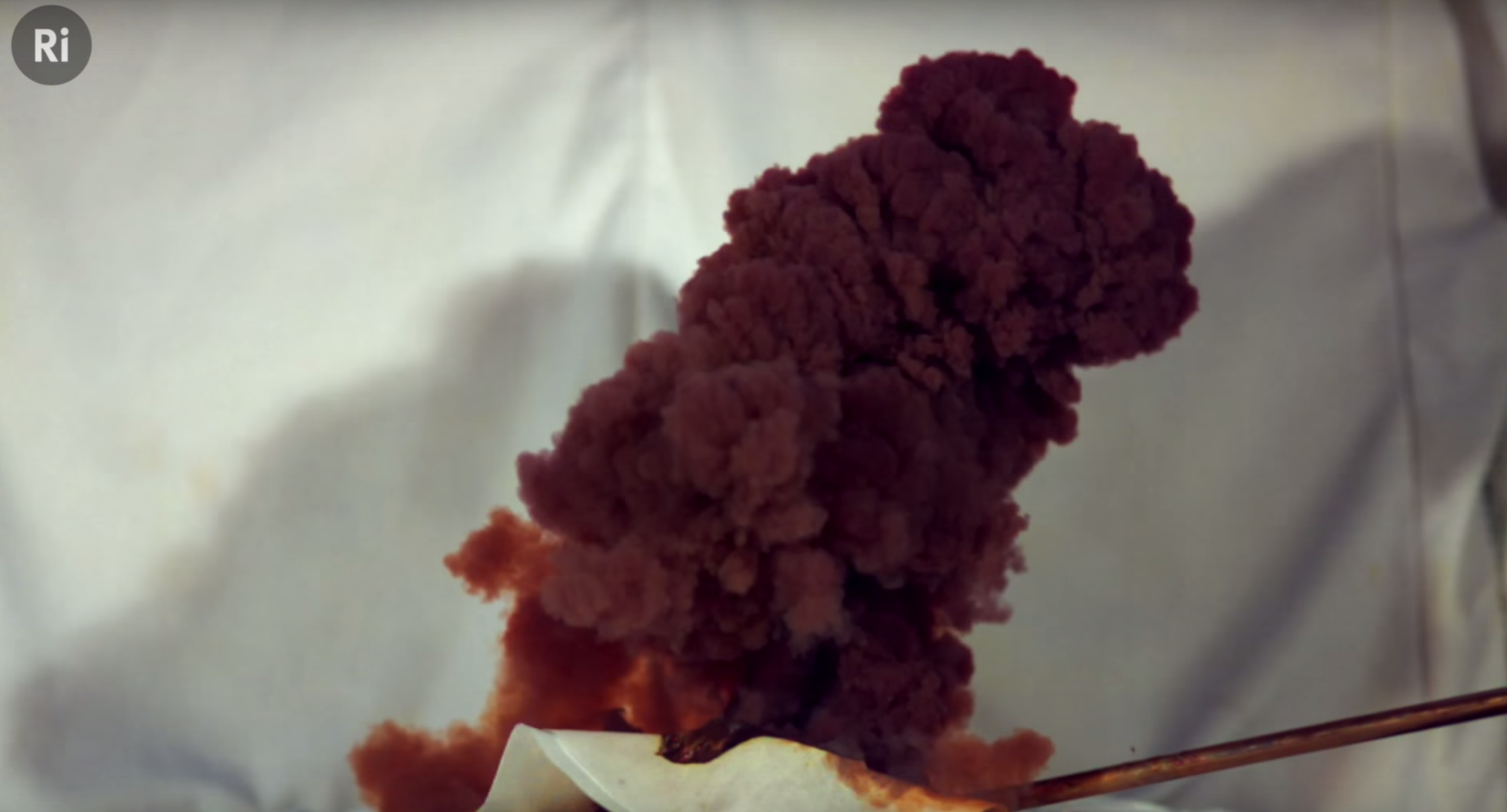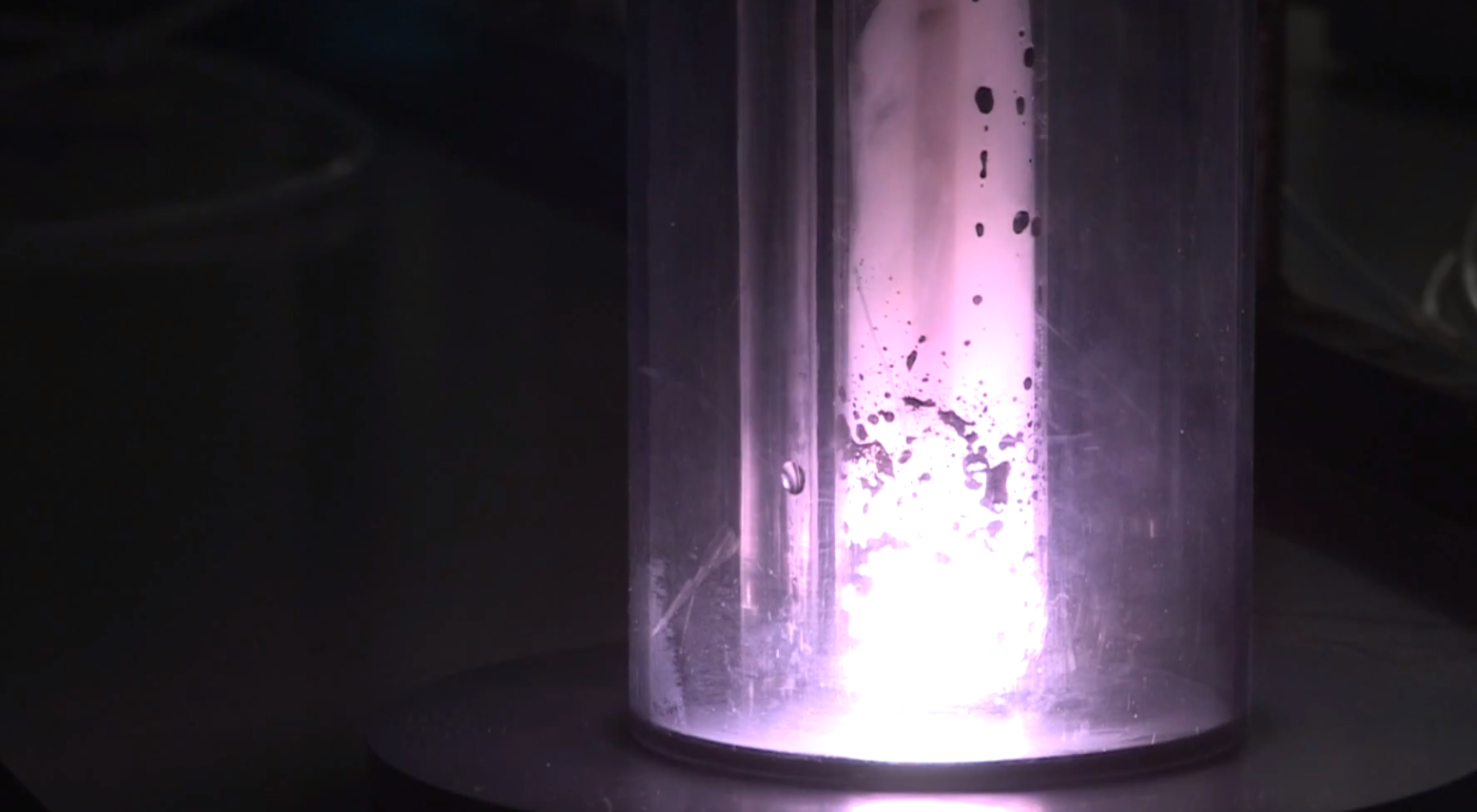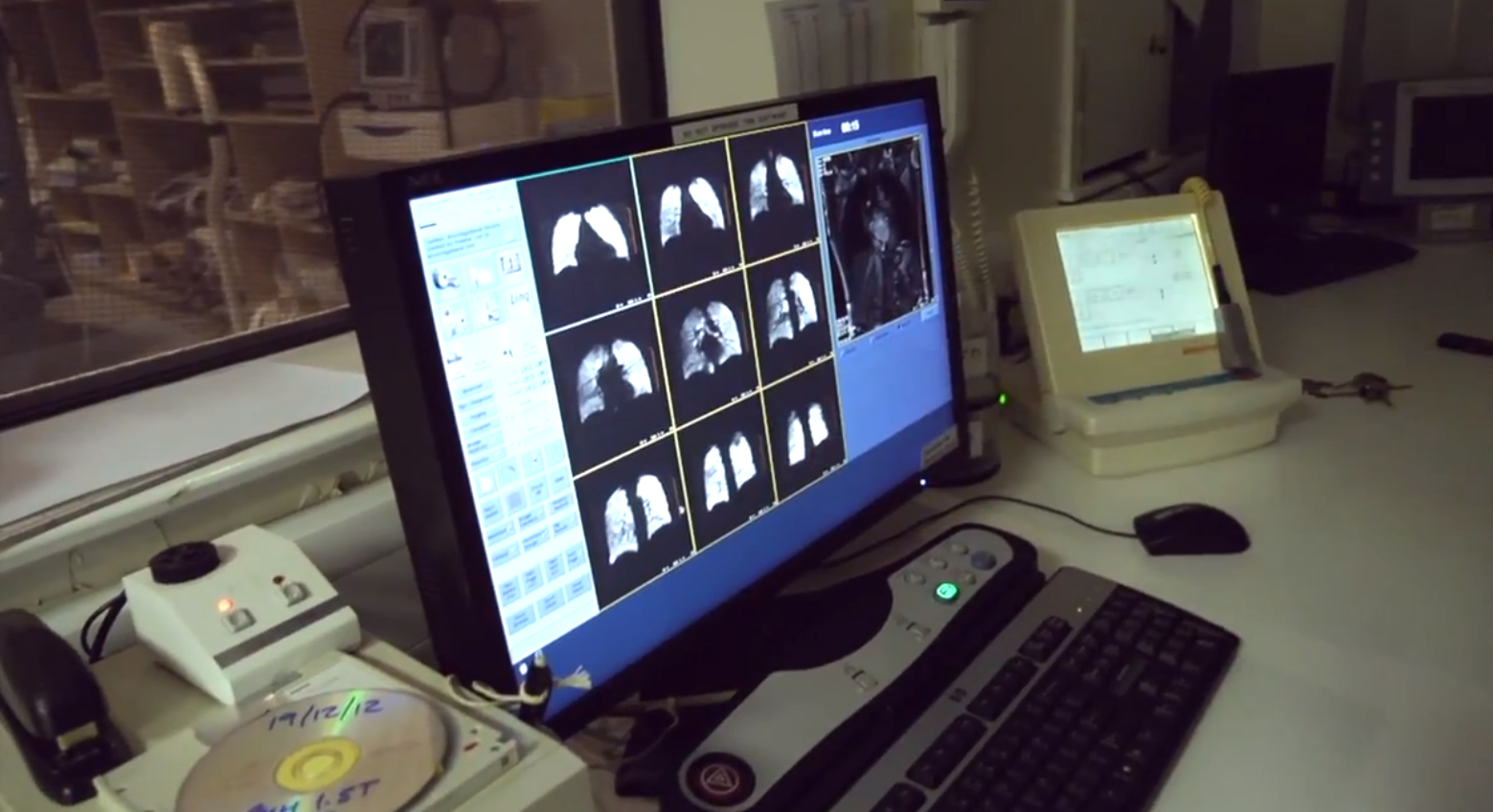X-ray Crystallography - ever heard of it? Perhaps not, but it's arguably one of the most important scientific breakthroughs of the 20th Century. Why? Well, it's an incredibly powerful technique that allows us to look at really small things, like protein molecules or even DNA! Once we know how these molecules are assembled, we can begin to better understand how they work.
How does it work? Essentially you take your sample, crystallise it and then fire X-rays at it. You then measure the way in which the crystal scatters or diffracts the X-rays - the resulting 'diffraction pattern' is what you need (and a bit of maths) to work back to the structure of the molecules that make up the crystal. So in theory, as long as you can crystallise your sample - you should be able to work out the molecular structure!
To find out more watch this simple animation we recently published:
https://www.youtube.com/watch?v=uqQlwYv8VQI
The technique was developed over 100 years ago and it has led to some incredibly important discoveries, including the structure of DNA - since it's inception, work relating to Crystallography has been awarded 28 Nobel prizes. To mark the continuing success of Crystallography - we received funding from the STFC to produce a series of films that helped explain and celebrate this technique.
The above animation was scripted in house and animated by the awesome 12foot6 - it also features the voice of Stephen Curry, a structural biologist based at Imperial College London.
Understanding Crystallography
I produced and directed this two-part series, working with Elspeth Garman of Oxford University and Stephen Curry. The two pieces aim to explain how the technique works and what's needed to grow your crystals and subject them to X-ray analysis. The films take us from a microbiology lab at the University of Oxford to the Diamond Light Source, a huge facility that hosts a particle accelerator designed to generate incredibly powerful beams of X-rays.
As always, the hardest part in producing these pieces was in deconstructing the explanation of what is a very complicated process... hopefully we pulled it off - see for yourself below!
Part 1 - why proteins need to be crystallised and how this is done.
http://youtu.be/gLsC4wlrR2A
Part 2 - what it takes to shine x-rays at your crystals and how we work back from diffraction patterns to determine structures.
https://www.youtube.com/watch?v=WJKvDUo3KRk
Crystallography and beyond
Producer Thom Hoffman also worked on this project - he produced two pieces, one exploring the history of farther and son team who helped develop the technique
https://www.youtube.com/watch?v=z-ZnLtFgGwY
and the other looking at the application of this technique on the recent Curiosity Mars rover.
https://www.youtube.com/watch?v=lr_PDXyNu1E






















